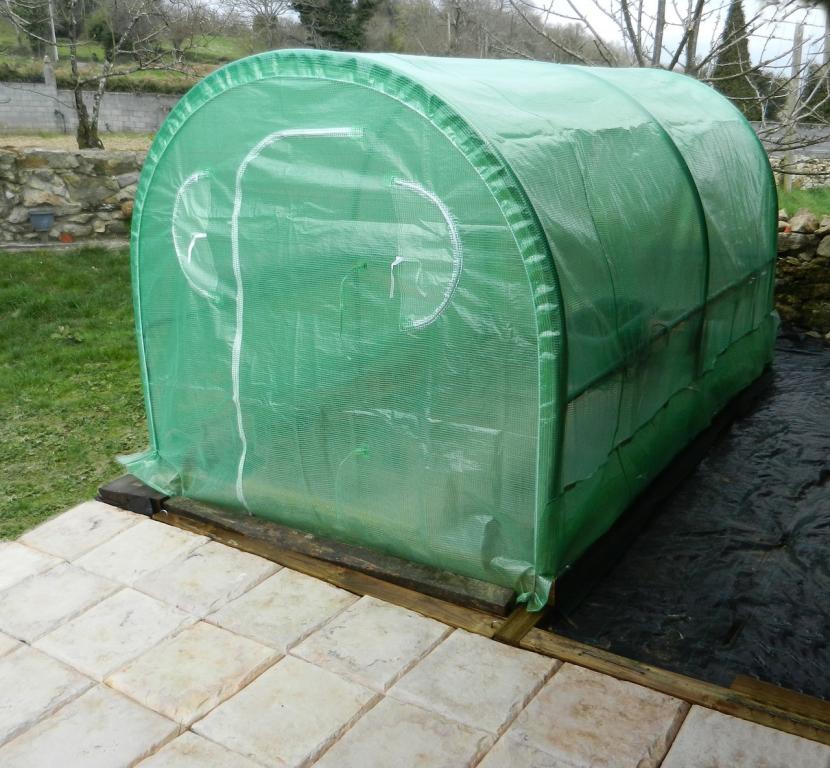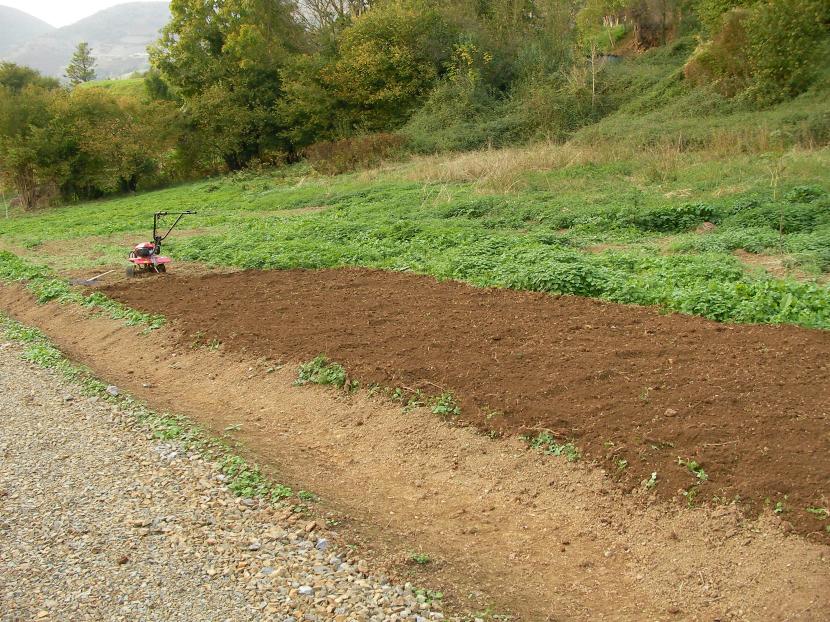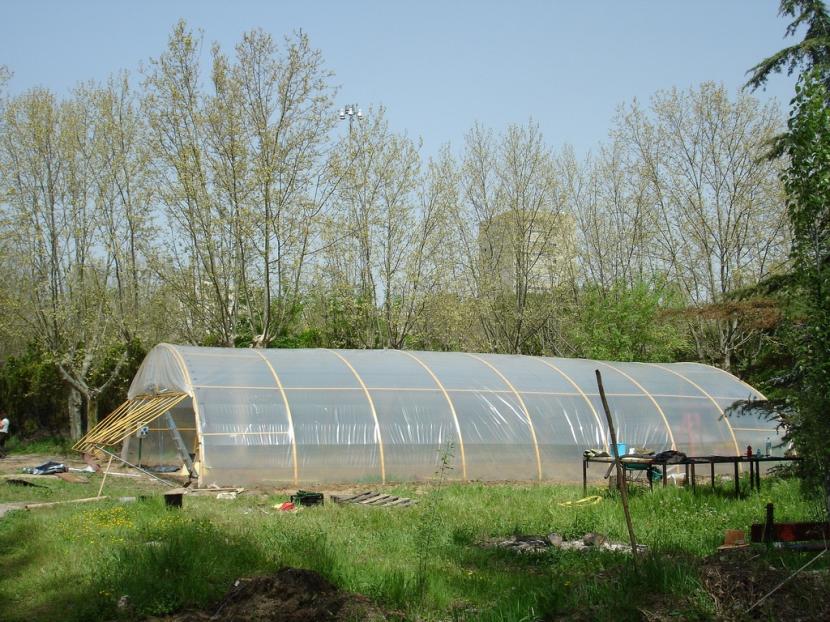
Autumn and especially winter are two seasons in which those who have a garden hardly have work, but be careful, that does not mean that nothing has to be done. In fact, several plants can still be planted, and if we live in an area where frosts occur, it is time to protect crops from low temperatures.
In addition, the land can be prepared for the next season. And you know what they say: don't leave for tomorrow what you can do today hoy. So when spring arrives you will only have to choose what you are going to grow and get to work. But let's see more in detail how to prepare the garden for winter.
Plan the garden

The first, and probably most important thing to do is remove crops that are running out, clean planting lines and remove soil. We will take advantage of this moment to add mulch, or universal substrate in the case that we grow in a flowerpot.
Once this is done, we must plan what is going to be sown, anticipating the general requirements of the crops that we plan to plant.
Prepare the land
Horticultural plants absorb a large amount of nutrients from the soil, so if we do not fertilize, the normal thing is that the crops are poorer each year. But what types of fertilizers are there? Well, there are several, but the ones that interest us are the organic-ecological ones, like these:
- Compost: it is nothing more than organic matter (leaves, fruits, branches, etc.) that has been attacked by fungi and decomposing bacteria and worms. Here explains how to do it.
- Manure: it is the excrement of animals, be it cows, birds, pigs, horses, etc. Each one has a different composition, so we must know which one we really need depending on the land type that we have.
- Green manure: these are herbs that are cultivated for their function as fertilizers, such as rye, white mustard or common vetch. Here You have more information.
As soon as we have the subscription that interests us, what we will do is put a layer of about ten centimeters on the surface of the soil and we will mix it with a rake or rototiller.
Reduce risks
Depending on the area in which we live, we will water more or less. For example, while in the Canary Islands, the Balearic Islands, the south and southeast of the Iberian Peninsula we can water about 3 times a week, in the coldest areas (which are usually the most humid as well) such as the north of the peninsula it is most likely that 1 watering a week is enough.
In addition, it is important to take into account the time of watering, being preferable that it is at noon because at that time there is less risk of frost.
Protect crops

In the event that we live in an area where frosts occur, it is necessary to protect the crops. But how?
- Protective fabrics: as the anti-frost fabric. They are ideal for both low-growing crops and young fruit trees. They protect both from the cold and from animals that can harm them, such as birds.
- Culture tunnels: they are a very easy to make structure that is shaped like an arch and covered with a strong (greenhouse) plastic. This is installed on the crop to be protected and is maintained until temperatures begin to rise.
- Greenhouses: there are many types and sizes, so depending on what we want to protect from the cold, we will choose one or the other.
With all these tips, we are sure to enjoy the garden a lot 🙂.